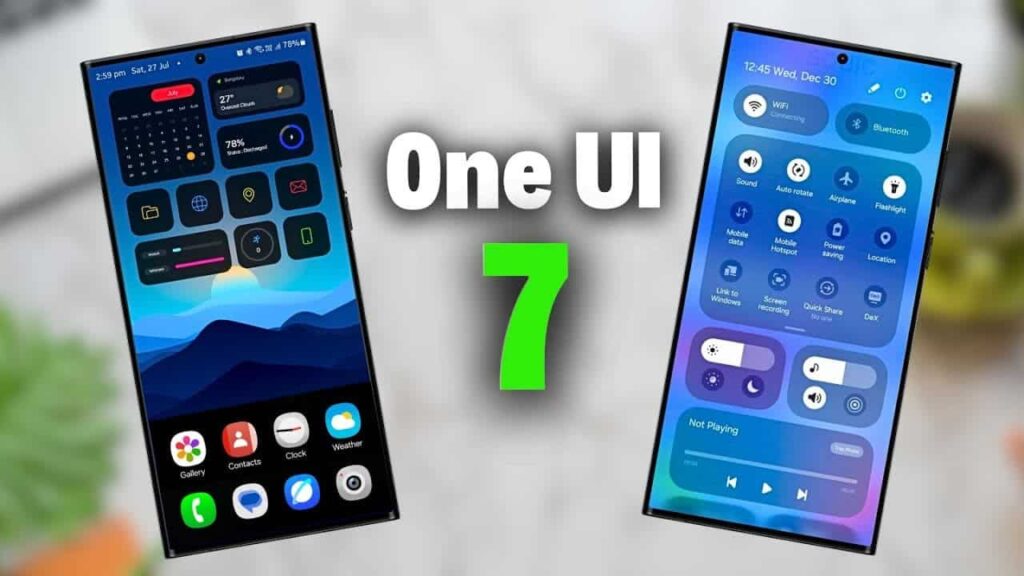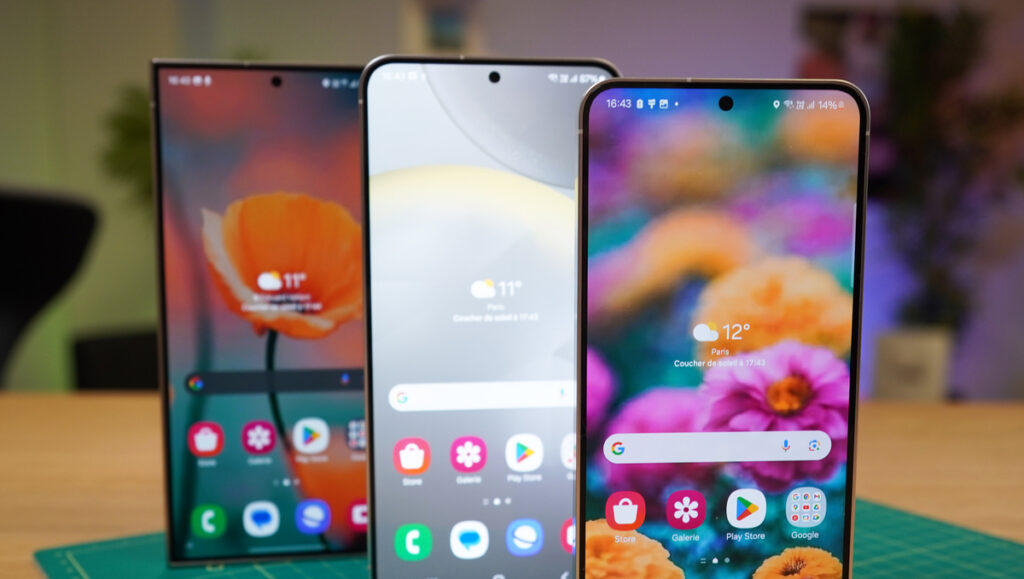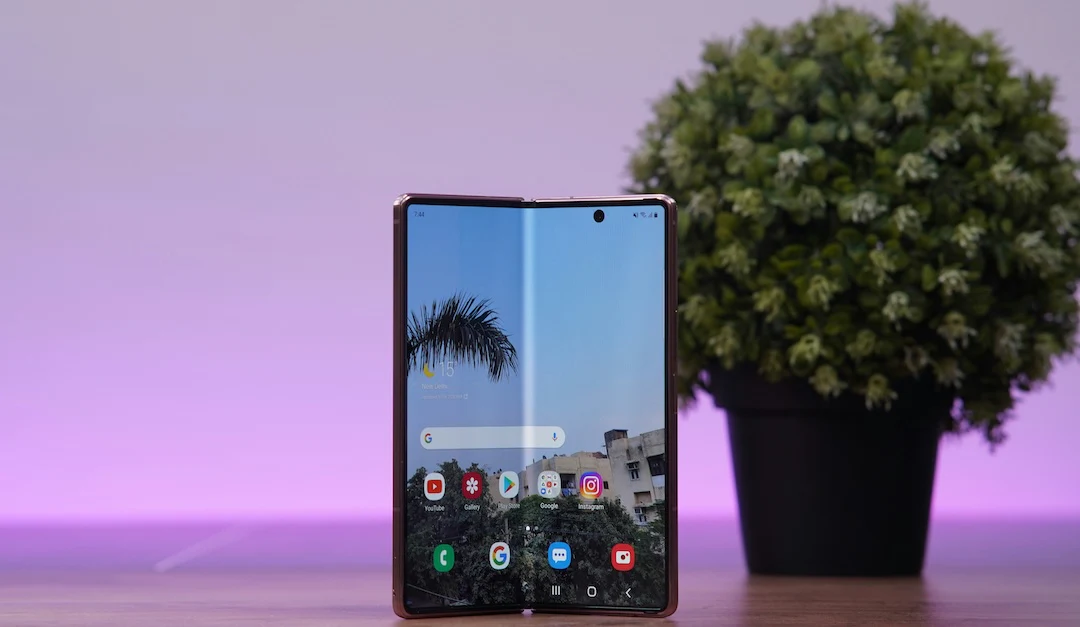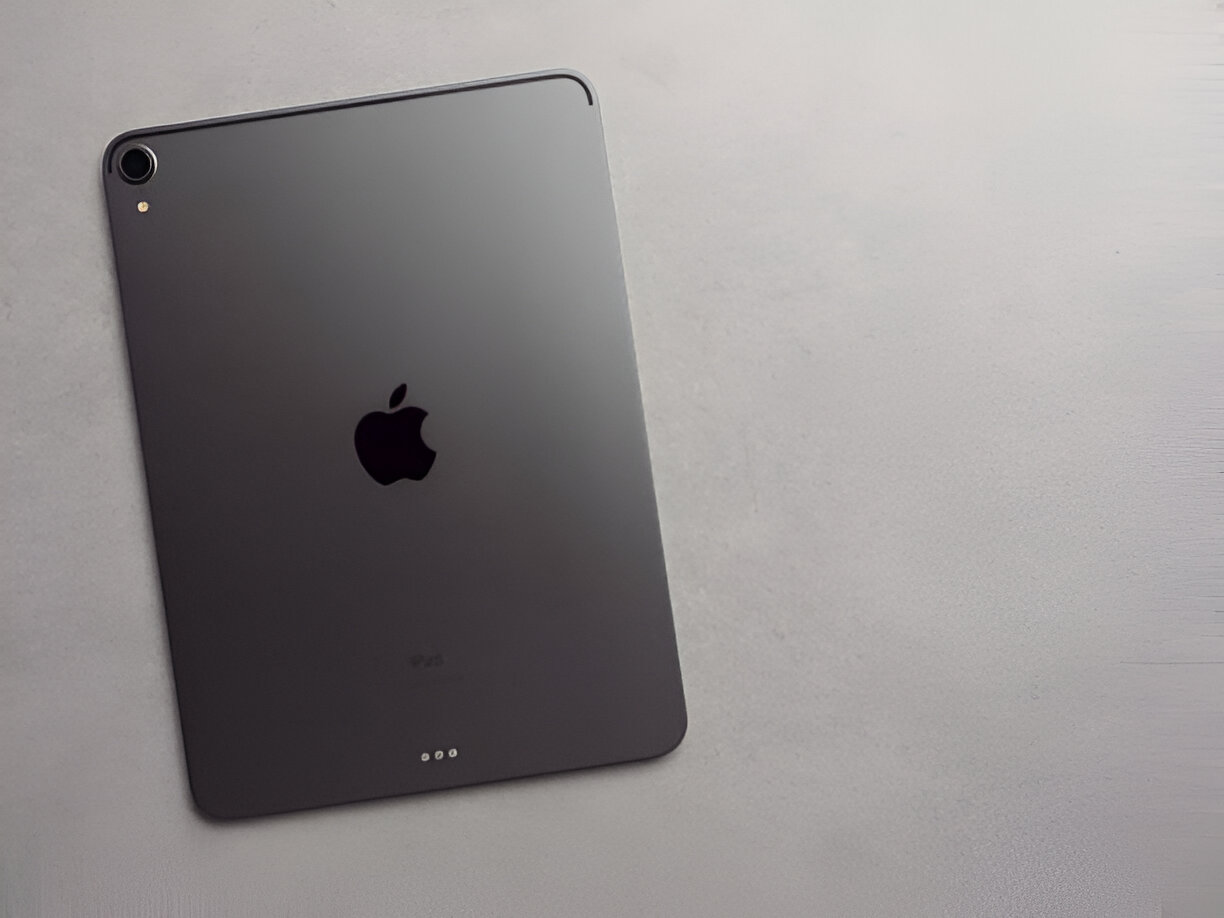As technology marches ever forward, we find ourselves at the crossroads where innovation meets limitation. Samsung’s One UI is well-known for its easy-to-use design and many features. It changes how millions of people use their devices.
However, with the release of One UI 7, whispers of change have sparked a wave of intrigue—and some frustration—among users. What does this mean for your beloved features? Are you ready for a new chapter in your smartphone experience?
In this blog post, we will explore the reasons for these surprising feature restrictions. We will also discuss what they could mean for you as we say goodbye to a time of endless possibilities. Buckle up; it’s time to explore how One UI 7 is reshaping our digital landscape!
Introduction to One UI 7
The tech world is buzzing with excitement and apprehension as One UI 7 rolls out. Samsung has always pushed the limits of software innovation. However, this latest update brings a surprise: feature restrictions.

Some people may welcome the change for better security and smoother performance. However, others wonder what they might lose. As we look closer at One UI 7’s features and its surprising limits, we will see how these choices affect daily users. We will also discuss what alternatives are available.
Join us on this journey to see why One UI 7 is more than just an upgrade. It may mark the end of an era in user experience.
What is Feature Restriction?
Feature restriction means limiting some functions in software. This is especially true for user interfaces like One UI 7. This approach often aims to streamline the user experience by removing less essential features or enhancing security.

By restricting access to specific capabilities, developers can ensure that users focus on what matters most. It also helps maintain system stability and performance, especially when dealing with various device models.
In many cases, feature restrictions serve as safeguards against potential vulnerabilities. They prevent misuse of advanced options that may lead to complications for average users who aren’t familiar with them.
This may frustrate some tech fans who want more customization. However, it is important for keeping devices running well and safely over time.
Reasons for Implementing Feature Restriction in One UI 7
Feature restrictions in One UI 7 arise from the need for enhanced security. As threats evolve, software must adapt to safeguard user data and privacy. Limiting access to certain features helps mitigate potential risks associated with third-party apps.

Another reason is performance optimization. By streamlining functionalities, Samsung aims to ensure smoother operation on various devices. This can lead to improved battery life and overall responsiveness.
Additionally, feature restrictions allow Samsung to maintain a consistent user experience across different models. Some features may not work well on older devices because of different hardware capabilities. To ensure reliability for all users, we restrict these features.
Finally, compliance with regulations plays a role. As privacy laws tighten globally, manufacturers like Samsung must navigate these complexities while providing valuable services without compromising legal standards.
Impact of Feature Restriction on Users
The impact of feature restriction in One UI 7 is significant. Users are feeling the pinch as they navigate their devices with limited capabilities. Many relied on specific features for productivity and convenience.
Restricted functionalities can lead to frustration, especially for power users. These users often appreciate having control over their experience. When options vanish, it disrupts established workflows.

Moreover, developers face challenges, too. Apps that once thrived on certain features may struggle to adapt to new limitations. This shift could stifle innovation within the app ecosystem.
Feedback from early adopters suggests a mix of disappointment and adaptation. Some users have begun exploring workarounds or alternative apps to fill gaps left by these restrictions.
As more people update to One UI 7, the long-term effects will become clearer. User sentiment might dictate future updates and improvements if feedback channels remain open and responsive.
Alternatives for Users to Access Restricted Features
For users feeling the pinch of One UI 7’s feature restrictions, alternatives abound. Community-driven apps can replicate or even enhance functionality that developers might lock away.
Third-party launchers are excellent for those wanting customization. These apps often provide widgets and shortcuts that the default interface lacks. This allows users to customize their experience to fit their preferences.

Another option is exploring developer settings on your device. You might still find some hidden features with a little effort. This gives advanced users a chance to experiment.
For specific functionalities, consider using alternative software solutions available in app stores. Whether it’s photo editing or productivity tools, many options exist to fill the gaps left by restricted features.
Venture into forums and user communities, too. Often, fellow fans will share tips and tricks. These can help you get what you need without just waiting for official updates from Samsung.
Reaction from Users and Tech Community
The announcement of feature restrictions in One UI 7 sparked a heated debate among users and the tech community. Many voiced their frustrations on social media platforms, expressing disappointment over losing functionalities they had come to rely on.

Tech enthusiasts took to forums to dissect the implications of these changes. Some praised Samsung for prioritizing security but argued that user experience should not take a backseat. The divide was apparent; while some welcomed tighter controls, others felt it limited their creativity and customization options.
Influencers in the tech space began comparing One UI 7 with competitors, highlighting features other brands offer freely. This comparative analysis fueled further discussions about innovation versus restriction within ecosystems.
User feedback has become an essential part of this narrative. As more people speak up, it’s clear that we need to keep talking. Manufacturers and consumers must work together to handle these changes. The future landscape remains uncertain as reactions continue to unfold.
What This Means for the Future of One UI
The introduction of feature restrictions in One UI 7 signals a pivotal moment for Samsung’s software ecosystem. With the focus shifting toward security and stability, users may need to adjust their expectations.
As developers respond to these changes, we might see new features that prioritize user safety without compromising functionality. This evolution could lead to innovative solutions that bring balance back into the user experience.

Moreover, Samsung’s commitment to transparency will be crucial. Opening communication about the reasons for restricting certain features can foster trust among users.
Future updates might reveal a trend that balances customization with better security. This will create a safer and more flexible environment for device owners.
Engagement from the tech community will play an essential role as feedback shapes subsequent iterations of One UI. The dialogue between users and developers could redefine how software evolves moving forward.
The Importance of Balancing User Experience and Security in Software Updates
As technology evolves, the balance between user experience and security remains a delicate dance. With the launch of One UI 7, Samsung is taking steps to improve device safety. This is important as cyber threats are becoming more advanced.
These changes aim to protect users from potential vulnerabilities that could arise from overly permissive functionalities. However, this approach can lead to frustration among loyal users who have come to expect certain features as standard.

Finding the right equilibrium between offering innovative tools and maintaining robust security protocols will be crucial for future updates. Users will always crave new experiences while also wanting assurance that their data stays safe.
The ongoing discussion about One UI 7’s feature limits shows the challenges software developers face today. As we look ahead, it will be interesting to see how these changes affect future releases. We will also see what adjustments Samsung makes based on user feedback.
Encouraging community discussions about these issues is important. It can help make the digital space safer. This will also make it more enjoyable for everyone.







